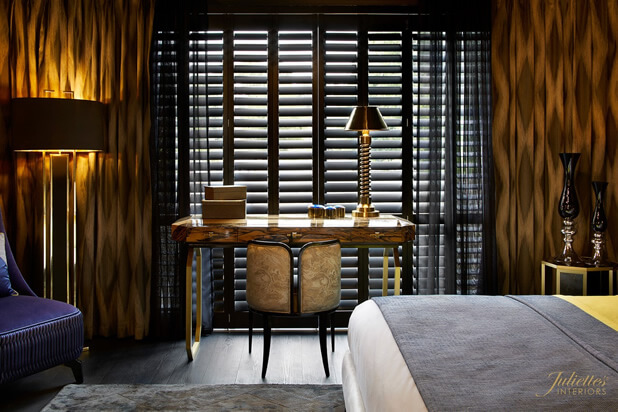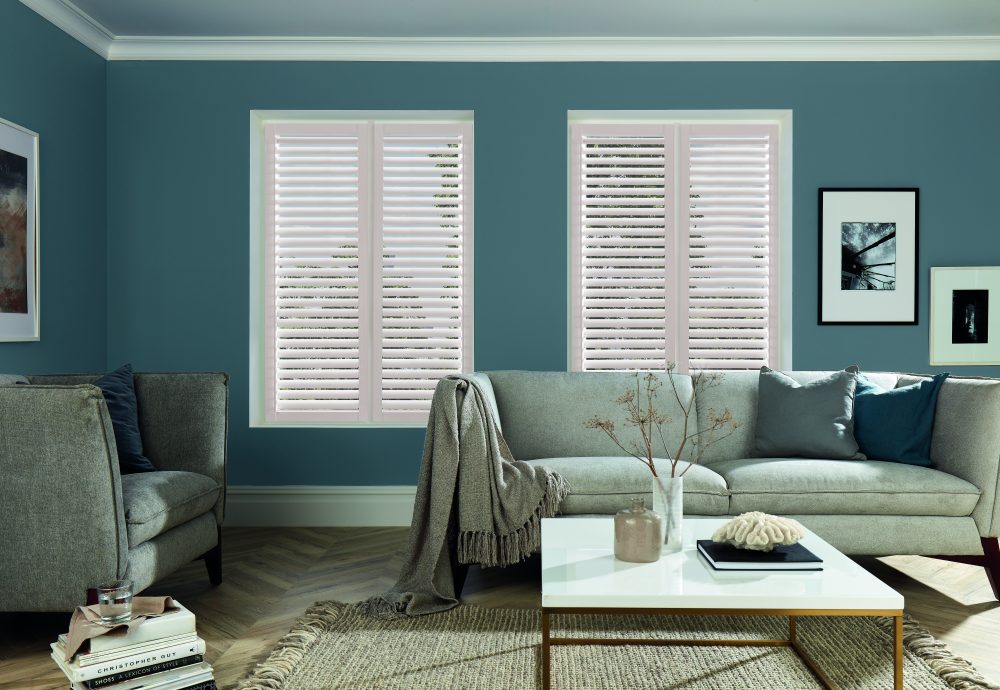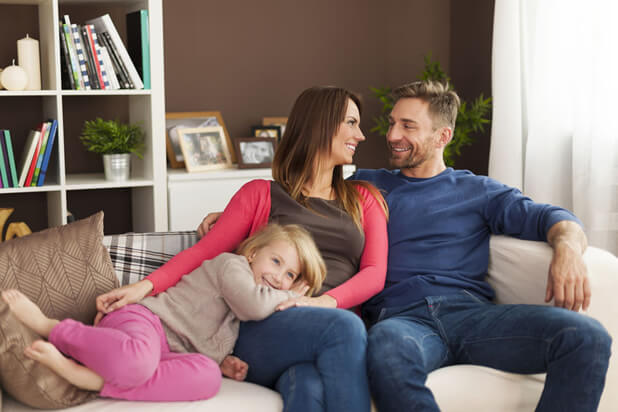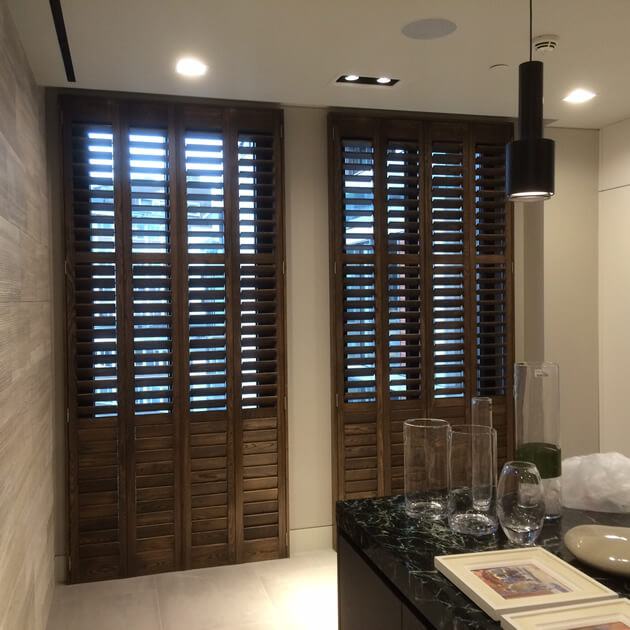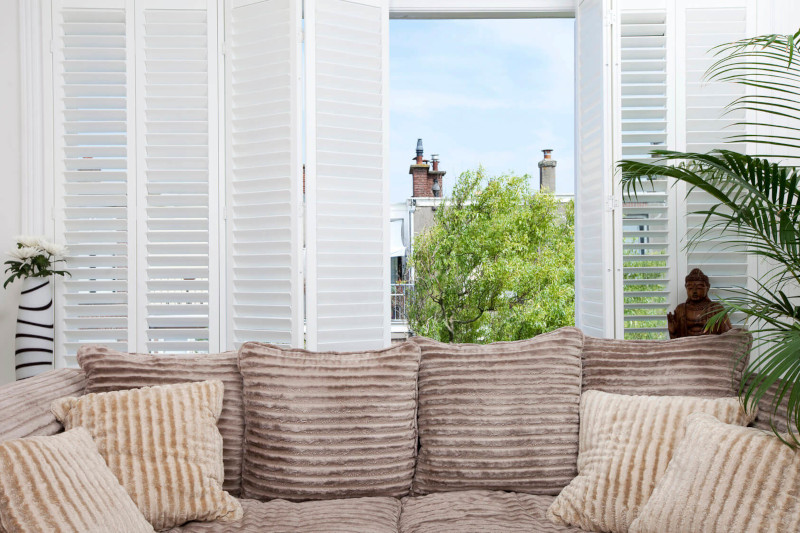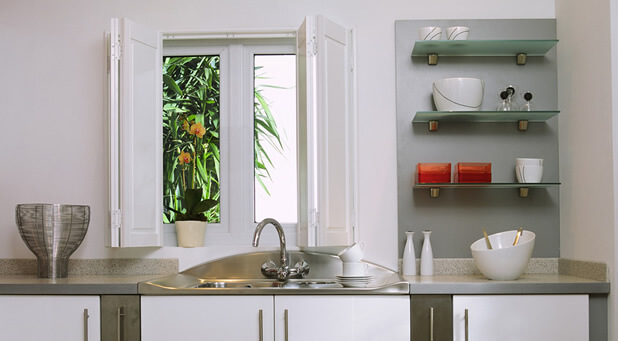This website uses cookies so that we can provide you with the best user experience possible. Cookie information is stored in your browser and performs functions such as recognising you when you return to our website and helping our team to understand which sections of the website you find most interesting and useful.
How to keep your house cool in summer naturally
We recently surveyed more than 9,000 of our customers to find out more about how they use their shutters during the summer months, and how effective they find them to be at keeping rooms in their home cool during hot weather. We were also intrigued as to their understanding around the term ‘passive cooling’ and what passive cooling measures (if any) people are taking at home as a response to saving energy in both the short and long term. We also picked up some great tips and tricks for keeping cool during the heat, which we know will prove useful for the summers to come.
Here is a summary of what we asked, and what we found…
First up, we wanted to know how customers were using their shutters during the heat. This is important because during a heatwave experts recommend keeping both shutters and windows closed during the heat of the day and only opening them up in the early mornings and evenings when the air is cooler. This method ensures the direct sunlight and hot air is kept out of the home, whilst trapping the cooler air in for as long as possible.
Q1. When the weather is hot and sunny outside, which of the following statements typically applies to you? We also asked them to explain their answer choice.

| ANSWER CHOICE | RESPONSES |
| I like to keep both the windows and the shutters open | 17.76% |
| I like to keep the windows, but close the shutters | 35.51% |
| I like to keep the windows closed, but keep the shutters open | 4.67% |
| I like both the windows and the shutters closed | 42.06% |
As you can see from the responses, 42% of our customers understand that keeping both shutters and windows closed during the heat of the day helps to keep rooms cooler for longer. This was also clear from the reasoning explanations which were given.
The 17% of customers who prefer to keep the windows and the shutters open argued that they like to catch any potential breeze/fresh air that may pass through open slats (but said they would adjust the slats to prevent direct sunlight harshly penetrating the room). A fair majority of these answers were from customers with north or east facing properties where direct sunlight is not typically a problem.
36% of respondents prefer to keep the windows open and the shutters closed during the heat, with their reasoning centring around keeping the sunlight and bugs out of the room whilst letting air seep in where possible. Security and privacy were also priorities for this group of customers.
In summary, whilst keeping the windows open to let fresh air flow through is a valid reason during warm weather, experts recommend closing both shutters and windows during the hottest times of the day during extreme heat when the air coming in would be very hot. This is advice which most customers tend to follow.
Q2. If you choose to keep your shutters and windows closed during sunny/hot weather, do you feel they have helped to keep your rooms cooler?

| ANSWER CHOICE | RESPONSES |
| Yes, since having window shutters installed, I have noticed rooms are kept cooler during the heat | 86.67% |
| I have not noticed a difference regarding how cool the rooms are kept | 13.33% |
Q3. If you answered yes to Q2, do you think shutters are more effective at keeping the sun and heat out of a room than curtains or blinds?

| ANSWER CHOICE | RESPONSES |
| Yes | 92.86% |
| No | 7.14 % |
87% of respondents who chose to keep both shutters and windows closed during extreme hot weather agreed that, by doing so, their rooms stayed cooler during the heat.
Plus, a whopping 93% of these customers said they found their shutters to be more effective at keeping the sun and heat out of a room than curtains and blinds.
Passive cooling is where building design and materials are used to control temperature in hot weather rather than relying on using extra energy to do the job instead. Window shutters are a great example of this. With ‘passive cooling’ becoming a popular term used within the energy efficiency arena, we decided to assess our customer’s knowledge and actions around this up-and-coming trend. Firstly, we asked:
Q4. Have you ever heard the term ‘passive cooling’?

| ANSWER CHOICE | RESPONSES |
| Yes | 25.00% |
| No | 75.00% |
The majority said they had never heard the term before, highlighting the need for us to better educate our customers on the pivotal role window shutters are playing in people’s efforts to become more energy efficient at home.
Q5. Passive cooling means cooling without the use of extra energy. Aside from installing window shutters, what other steps are you taking at home to make passive cooling more prevalent? Please tick all that apply…

| ANSWER CHOICE | RESPONSES |
| Increased insulations | 23.42% |
| Installed good ventilation | 13.51% |
| Celling fans | 10.81% |
| Whole of house fans | 15.32% |
| Landscape and garden design | 9.91% |
| None | 45.05% |
| Others | 9.91% |
Once our survey recipients were enlightened regarding passive cooling, most respondents stated that other than shutters they were not taking further steps to actively incorporate passive cooling into their immediate plans. However, an impressive portion of respondents stated they had taken steps to increase insulations, install good ventilation, or install ceiling/whole of house fans within their homes.
We were excited to find 15% of respondents had even taken landscape and garden design into account by planting trees and shrubs for shade etc.
When asked how long they had been taking these steps to increase passive cooling at home, it was an equal split between recently and always:
Q6. How long have you been taking these steps to increase passive cooling at home?

| ANSWER CHOICE | RESPONSES |
| Recently (last few years) since I have been more conscious of energy efficiency at home | 50.00% |
| I have always opted for low energy consumption solutions where possible | 50.00% |
We were fascinated by how many respondents (1 in 2) said they have always opted for low energy consumption alternatives where possible, compared with those which have only recently started to think and act more consciously regarding energy consumption. This is likely in response to the growing global concern, energy price hike, and general concern for sustainability.
When we asked “what other tricks or solutions do you have to keep cool in hot weather” we gathered a wealth of tips which we thought we would share ready for next summer:
- Keep shutters/curtains/blinds closed during the day.
- Open your loft hatch – hot air rises, so it can escape through the roof rather than become trapped on the top level of your home.
- Open the windows on both sides of the house to create a through breeze.
- Invest in a large fan for the most affected rooms (bedrooms).
- Chill a bedsheet in the freezer and wrap it around yourself to cool down – a great quick win!
- Run a shallow, cold bath mid-afternoon and relax with a good book.
- Only open windows at night.
- Enjoy cool foot baths.
- Sleep under a sheet instead of a lightweight duvet.
- Use a cooling spray.
- Place a cold towel over legs in bed and place a cold towel around the neck during the day
- Fill hot water bottle with cold water and place in the freezer for as long as possible before bedtime.
- Stay indoors at the hottest time of day.
- Wear loose clothing and drink cool drinks.
- Place a bowl of ice in front of a fan – or tape an ice pack to it!
- Use cold flannels/towels on the body – place them in the freezer for extra chill!
- Hang wet towels on an airer overnight to help moisten and cool the home environment.
- Install tinted, heat resisting glass in windows and doors.
- Get up early to open the windows and use fans to blow cooler air into the home before it gets hot again. Close all windows and shutters by noon when it is hot.
- Use parasols outside from early morning to shade areas, prevent temperatures rising, and allow for comfortable sitting outdoors.
- Do not forget your pets – use cooling mats or wet flannels for the dogs. Lightly spraying pets, plants, and yourself with cool water from a spray bottle also seems to help.
We were also interested in finding out the general steps our customers were taking to help reduce emissions and reduce energy costs (in either summer or winter):
Q7. Aside from shutters, is your household taking any steps to help reduce emissions and reduce energy costs?

| ANSWER CHOICE | RESPONSES |
| Yes | 63.21% 67 |
| No | 36.79% 39 |
| Total | 106 |
A pleasing 63% of respondents said they were taking steps to try and reduce emissions and associated energy costs in general. Steps included:
- Using low energy lightbulbs/energy efficient lighting and turning lights off when not in use.
- Recycling more efficiently.
- Turning the heating down to a lower temperature (18°C) and turn it off completely during the day/ more frequently to save energy and money. There were several references to servicing the boiler to ensure working to optimum efficiency or even buying a new, efficient boiler to replace an old/inefficient one.
- Turning down the boiler flow rate.
- Adding loft and wall insulation.
- Replacing appliances with A+++ brands.
- Laying new flooring over original flooring to help prevent draughts.
- Turning off appliances left in standby mode.
- When using the washing machine, wash on a lower temperature, use shorter wash cycles, set the timer for wash to come on during the night (use off peak electricity), or abandon the tumble dryer and opt for the natural approach instead.
- Installing a log burner instead of using the heating.
- Installing thermostatic valves on radiators so you can adjust the temperature in each room or only heat the rooms you use the most.
- Insulating the loft and walls.
- Cooking in batches and use a slow cooker rather than the oven.
- Investing in thermal blankets.
- Investing in/upgrading double glazing (including in the porch).
- Investing in underfloor heating – it uses less energy than using radiators and cost much less in the long run. It effectively turns the whole floor into a radiator to heat the whole room quicker and more efficiently.
- Installing a flow regulator on the taps in the house.
- Keeping showers short – set a timer if necessary.
- Installing a smart meter to monitor usage.
- Using electric vehicles.
- Installing air source heat pumps and a mega flow hot water tank.
Using energy efficient lighting, lowering the heating thermostat, and using thermostatic valves got the most mentions by far.
Naturally, we could not end our survey without asking our customers about the additional benefits shutters have brought to their home. We were delighted to find that great aesthetics and style, versatile functions, and their ability to provide privacy and security all made the top five answers. Here are some of our favourite comments received:
Other than being energy efficient, shutters also give you better light control, aid privacy, and possibly increase property value (the latter from an estate agent visiting a neighbour)
Makes the house look better from the pathway, windows are tidy without lace curtains, and the rooms are much brighter
Aesthetically pleasing and makes our room more modern
They look great and make us feel good
Benefits for us include… privacy, the light ambience of the rooms, sometimes depending on sun direction, patterns on walls which is relaxing, insulation definitely in the colder months
I am able to adjust the light and heat that comes into my home on hot days
In the winter, when they are closed, they make the house feel warmer. Last winter we were switching the heating off as it was warm enough. They also just look great!
Ability to control light by closing one section e.g. when sunlight falls on computer screen
Just beautiful
They look amazing
They look amazing and most definitely keep house cool in summer and keeps the heat in when winter comes
Not having to wash curtains!
They make me feel happy every time I walk past them
Apart from being functional they look really nice from inside and outside. Plus, they are easy to wipe over
Easier to clean, look fresher and uncluttered. With the split shutters you can open the top, but shut the bottom and vice versa, helps in summer to regulate the heat
Easier to open my large sash windows without having to pull up a heavy blind
Great adjustability for privacy and keeping out sun. Each blind is individually adjustable whereas curtains are either open or closed
They look lovely and give privacy without making the room dark
They have helped to keep the house warm or cool pending on the weather. They look brilliant and are much easier to keep clean
If it’s warm I can regulate to be less or more open direction downward or upwards, so it ensures I keep the greatest air flow coming in
I can adjust the brightness/intensity of sunlight and reduce sun damage to furnishings
By moving the shutters, you can defuse the sun. One reason for fitting the shutters was the sun blistering the paintwork in my hall, but by adjusting the shutters the sun is defused. Excellent
Would never ever have curtains again! they look smart whatever your style of decor, and modern or older style, so easy to keep clean, no dry cleaning or washing of curtains. You can let as much or as little light in as you wish. Absolutely the best improvement I have ever made
They do not fade unlike curtains and blinds
Good sound insulation from the road outside
They have the reverse effect in winter i.e. they trap heat in and make our rooms much warmer. I also have lots of allergies and a dog, so hygienically they are so much better than curtains
Related articles
Tips on improving and organising your living room for the New Year!
For all your shutter inspiration
Get in touch to arrange your quote
We’ll be happy to pay you a visit so we can offer tailored, personal advice about all your shutter options.
